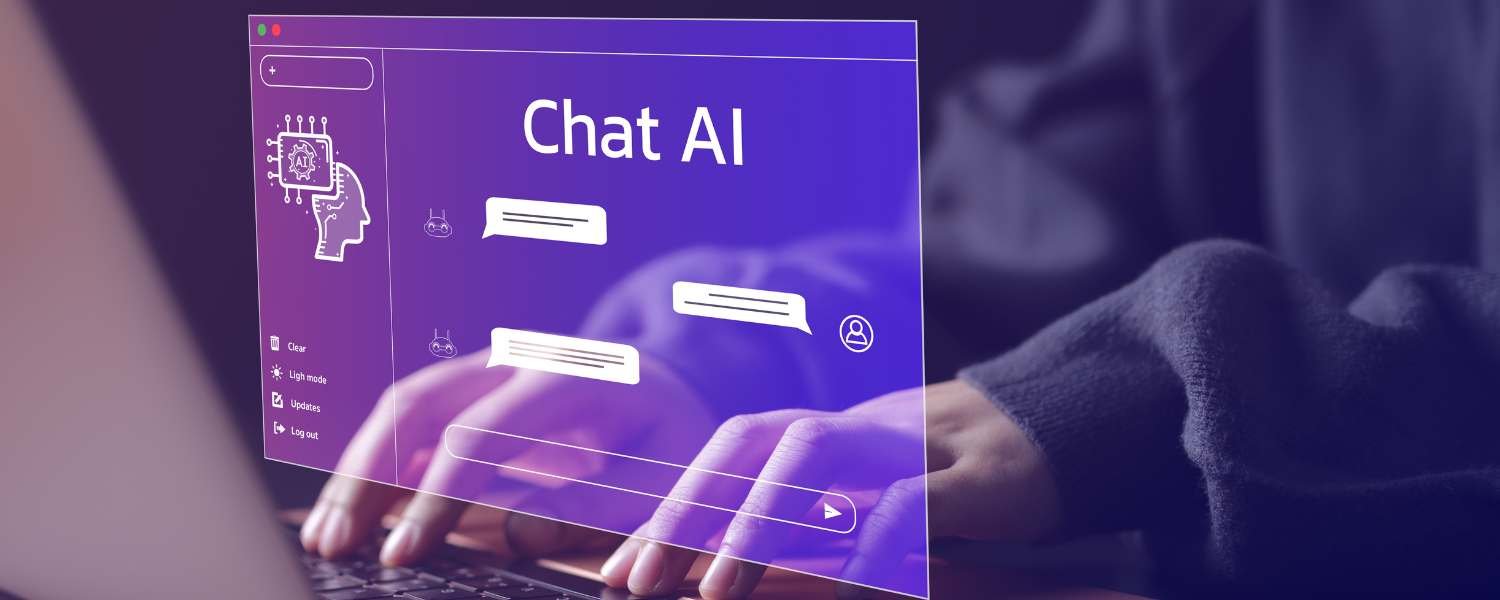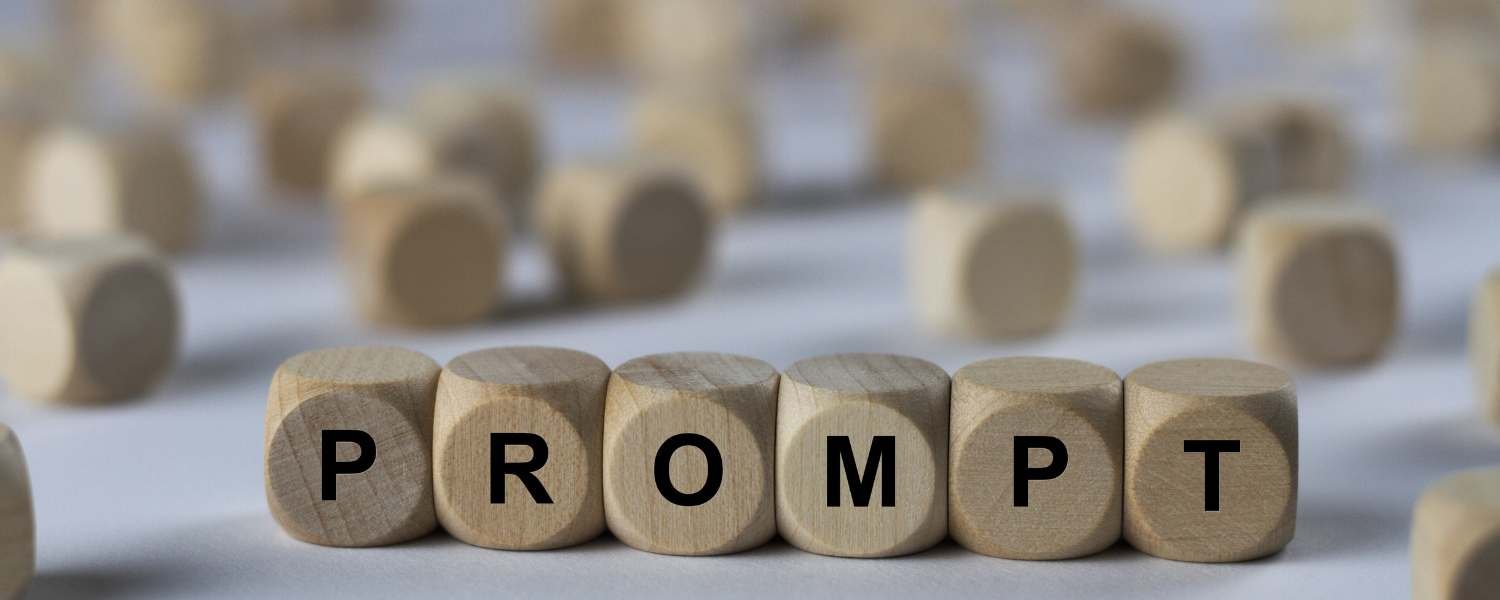Introduction
Artificial intelligence has made significant strides in recent years, and one of the most prominent examples is ChatGPT, a powerful language model developed by OpenAI. ChatGPT can assist with a wide range of tasks, from generating creative content to answering questions and providing recommendations. However, to harness its full potential, it’s essential to know how to communicate effectively with it. In this blog, we’ll explore four prompt hacks to get the desired outcomes when using ChatGPT.
Be Clear and Specific in Your Prompts
The first and perhaps the most crucial hack for getting the best from ChatGPT is to be clear and specific in your prompts. Remember that ChatGPT relies on the information you provide to generate responses. If your prompt is vague or ambiguous, you’re more likely to receive an inaccurate or irrelevant answer.
Hack 1

When requesting information, specify the type of data you want and any constraints. For example:
Bad Prompt: “Tell me about the history of space exploration.”
Improved Prompt: “Provide a concise timeline of major space exploration milestones from 1957 to 2021, including significant missions and discoveries.”
Being clear and specific in your prompts ensures that ChatGPT understands your request correctly and provides a more accurate response.
Give a Background About the Work
Another helpful hack is to provide a brief background about the work you want ChatGPT to help with. This context helps the model understand the broader context and tailor its responses accordingly.
Hack 2

When seeking assistance with a task or project, give a brief overview of the project’s purpose, scope, and any relevant details. For instance:
Bad Prompt: “Help me write a marketing campaign.”
Improved Prompt: “I’m working on a marketing campaign for a new eco-friendly product. It’s aimed at millennials, and our goal is to highlight the product’s sustainability features. Can you suggest creative taglines and content ideas?”
By providing context, you help ChatGPT align its responses with your specific needs, making the interaction more productive.
Use Contextual Prompts
To get the best outcomes from ChatGPT, use contextual prompts that reference previous parts of the conversation. This helps maintain continuity and ensures that ChatGPT remains aware of the context throughout the conversation.
Hack 3

Instead of starting each prompt from scratch, refer to the ongoing conversation. For example:
Initial Prompt: “Can you explain the concept of renewable energy sources?”
Subsequent Prompt: “Building on our previous discussion about renewable energy, can you now explain the environmental benefits of solar power compared to fossil fuels?”
Using contextual prompts ensures that ChatGPT stays on topic and provides more relevant and coherent responses.
Provide an Example in Your Prompt
When seeking solutions, suggestions, or explanations from ChatGPT, it’s often helpful to provide an example related to your query. This makes it easier for the model to understand your request and generate tailored responses.
Hack 4

Include an example in your prompt to clarify your intent. For instance:
Bad Prompt: “Recommend some healthy dinner recipes.”
Improved Prompt: “I’m looking for healthy dinner recipes that are easy to prepare and don’t require special ingredients. Can you suggest recipes similar to a quinoa salad or a grilled chicken stir-fry?”
Including an example gives ChatGPT a better understanding of your preferences and allows it to provide more accurate recommendations.
Conclusion
ChatGPT is a powerful tool that can assist with a wide range of tasks, but getting the best results requires effective communication. By following these four prompt hacks—being clear and specific, providing background information, using contextual prompts, and offering examples—you can ensure that ChatGPT understands your needs and delivers the desired outcomes. Whether you’re seeking information, assistance with a project, or creative ideas, these strategies will help you make the most of this remarkable AI technology.
For more life hack related blogs, subscribe to us now!


